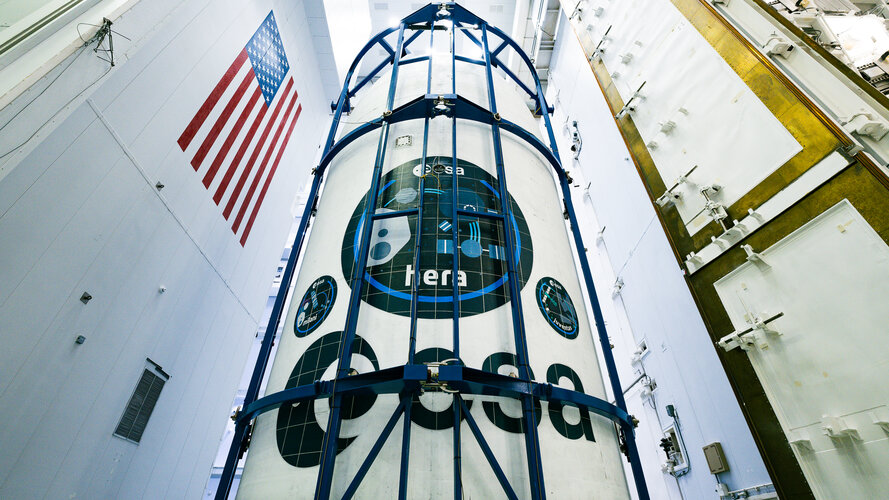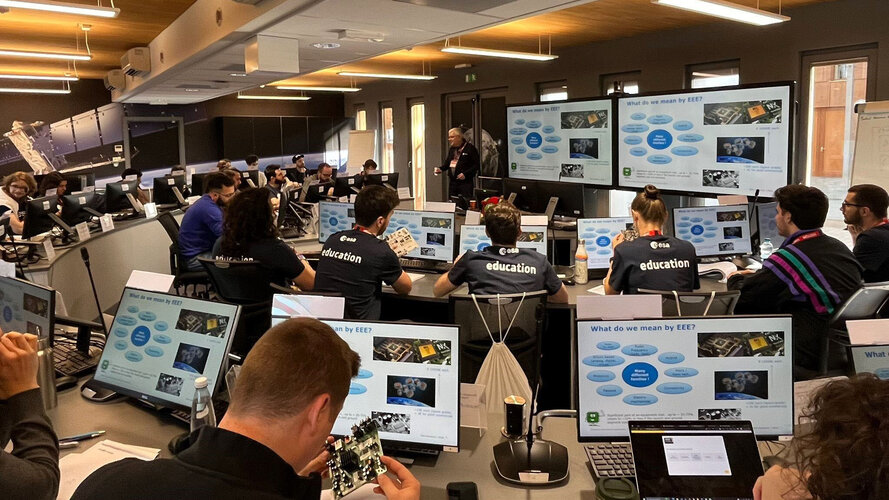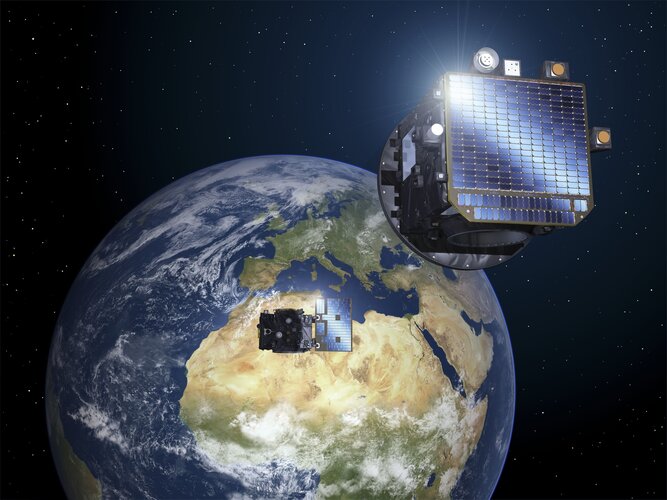Asteroid impact may have prompted ants to begin farming fungi 66 million years ago
Friday, 04 October 2024 20:35 The asteroid that led to the extinction of the dinosaurs also set the stage for the evolution of fungus-farming ants, according to a new study published in the journal 'Science'. The low-light conditions that followed the impact 66 million years ago favored the spread of fungi, which thrived on the abundant organic material left by dying plants and animals. This created an opportunity for an anc
The asteroid that led to the extinction of the dinosaurs also set the stage for the evolution of fungus-farming ants, according to a new study published in the journal 'Science'. The low-light conditions that followed the impact 66 million years ago favored the spread of fungi, which thrived on the abundant organic material left by dying plants and animals. This created an opportunity for an anc Sidus Space prepares LizzieSat-2 for launch
Friday, 04 October 2024 20:35 Sidus Space (NASDAQ: SIDU), a vertically integrated satellite manufacturer and operator, has reached an important milestone with the successful completion of environmental testing for its LizzieSat-2 (LS-2) satellite. The company is now moving toward the launch of LS-2 into Low Earth Orbit later this year.
"The completion of environmental testing represents a crucial milestone for Sidus Sp
Sidus Space (NASDAQ: SIDU), a vertically integrated satellite manufacturer and operator, has reached an important milestone with the successful completion of environmental testing for its LizzieSat-2 (LS-2) satellite. The company is now moving toward the launch of LS-2 into Low Earth Orbit later this year.
"The completion of environmental testing represents a crucial milestone for Sidus Sp Hera encapsulated within its launcher fairing
Friday, 04 October 2024 18:52 Image:
Hera encapsulated within its launcher fairing
Image:
Hera encapsulated within its launcher fairing What's the best material for a lunar tower?
Friday, 04 October 2024 16:34Your request has been blocked by our server's security policies.
If you believe this is an error, please contact our support team.
Solar flares may cause faint auroras across top of Northern Hemisphere
Friday, 04 October 2024 15:45Your request has been blocked by our server's security policies.
If you believe this is an error, please contact our support team.
ESA's Hera mission takes flight toward the asteroid deflected by NASA's DART probe two years ago
Friday, 04 October 2024 15:30Your request has been blocked by our server's security policies.
If you believe this is an error, please contact our support team.
Impulse Space wins $34.5 million contract for U.S. Space Force missions
Friday, 04 October 2024 15:10

Young professionals invited to join ESA Academy Product Assurance Training Course
Friday, 04 October 2024 13:32
Week in images: 30 September - 04 October 2024
Friday, 04 October 2024 12:10
Week in images: 30 September - 04 October 2024
Discover our week through the lens
Vega C ready for return to flight after second motor test
Friday, 04 October 2024 09:22

Proba-3 double satellites set for launch following last test
Friday, 04 October 2024 08:44
In a final test before its shipping to its Indian launch site, ESA’s eclipse-making double-satellite Proba-3 mission has received commands from its science team and transmitted images back, exactly as it will operate in orbit.






